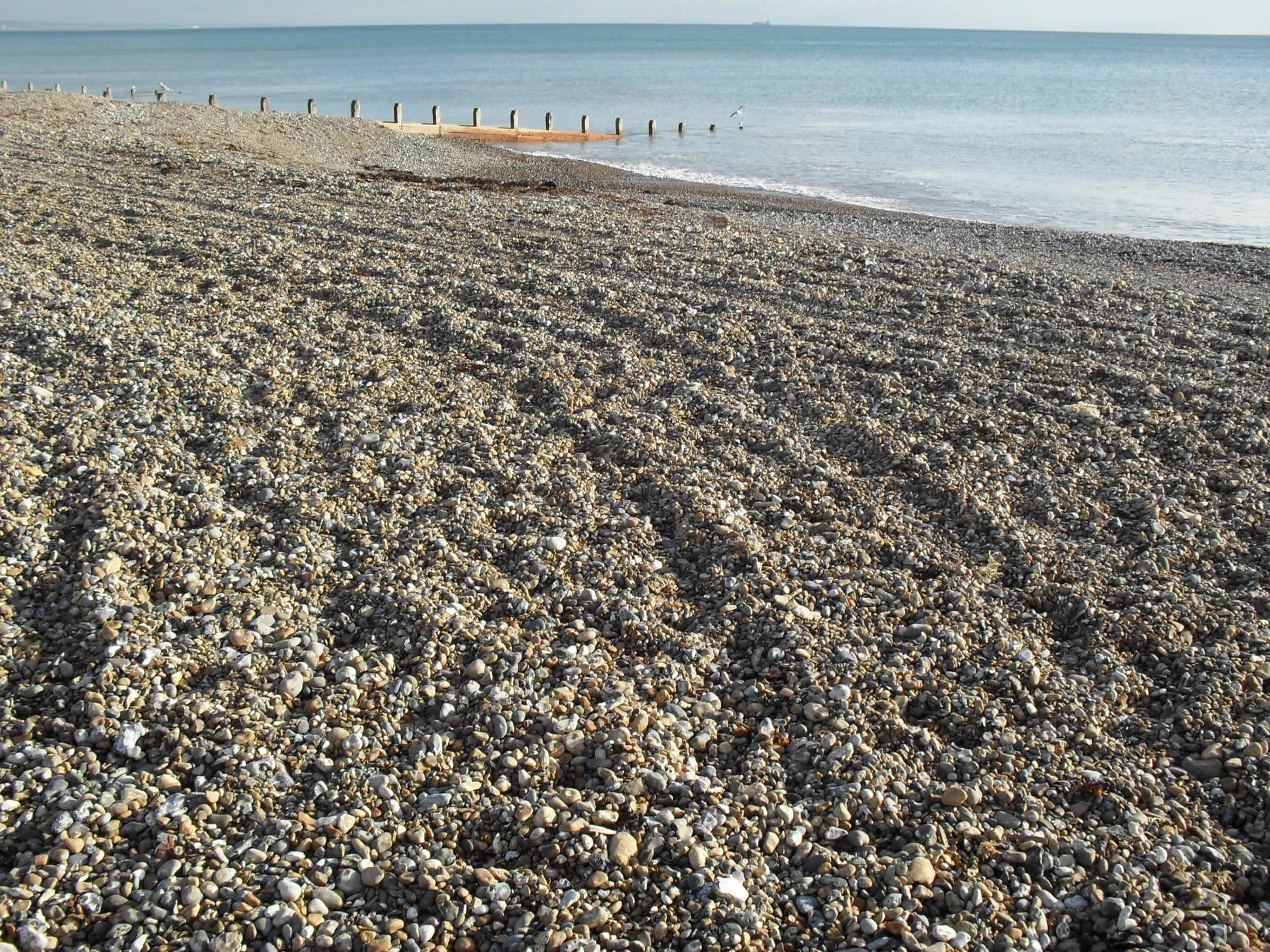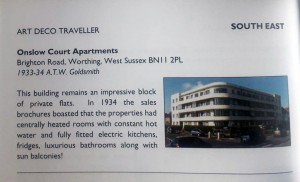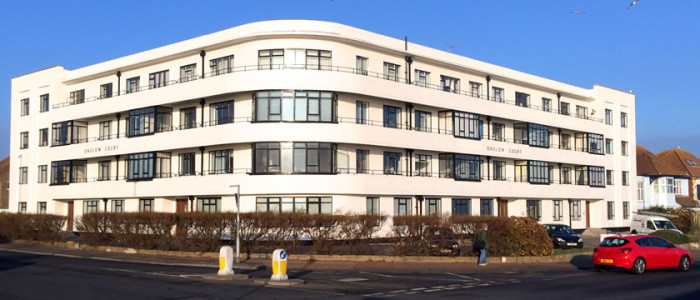The ‘vision’ for a better future continues in Worthing – Union Place
There are notices around the town in Worthing advertising the vision for Worthing, you might have noticed them and in particular the boards about Union Place. Worthing Borough Council (WBC) obtained the land last year and this latest acquisition is part of the bigger regeneration plan for Worthing which has been going on for some time now. The Union Place project will bring with it 198 new homes, new commercial spaces, a cinema and an extension to the Connaught Theatre, in fact in this application the theatre is called the ‘site anchor‘. The proposal describes all the opportunities and the constraints associated with such a huge development and is worth a read (link below).
In a statement Adur and Worthing Borough Council say this:
‘Worthing will be recognised as a highly desirable place to live, work and visit, continuing to attract high calibre businesses and significant inward investment that will help the town’s economy to grow and improve its regional competitiveness. It will be a vibrant place where people can enjoy a high-quality environment that combines the best of coast and countryside, a diverse cultural and leisure offer, modern infrastructure and economic opportunities.’ [Worthing prospectus 2016]
It is interesting to look at the map of 1932 on page 3; ‘The Heritage Strategy’, we can see the Connaught Theatre as a cinema. It was in 1935 that the cinema had a face lift and became the Connaught Theatre. The architect of the face lift, creating a new façade, was the same architect who designed Onslow Court, A T Goldsmith.
The significance of why Onslow Court features in this huge planning document starts to make sense. Some of those aforementioned constraints are probably there because of our Onslow Court, the Connaught it is a very important listed building in Worthing and it sits slap bang in the middle of the Union Place site making this project slightly more architecturally sensitive than it might otherwise have been and don’t forget, it is called the ‘site anchor‘ in this application.
Onslow Court is included as a visual reference in the outline planning application (page 6), although their document doesn’t reference the architect, or why our building is slotted into this glossy tender. Onslow Court is prominent in the application and it is placed alongside other ‘designed’ buildings.
It is great that Onslow Court is recognised as a building of importance. We come under the heading, ‘Proposed Character’ and we are the only local building other than the Connaught Theatre in the application.
Read the full application and view all 8 exhibition boards here and the consultation information here.









